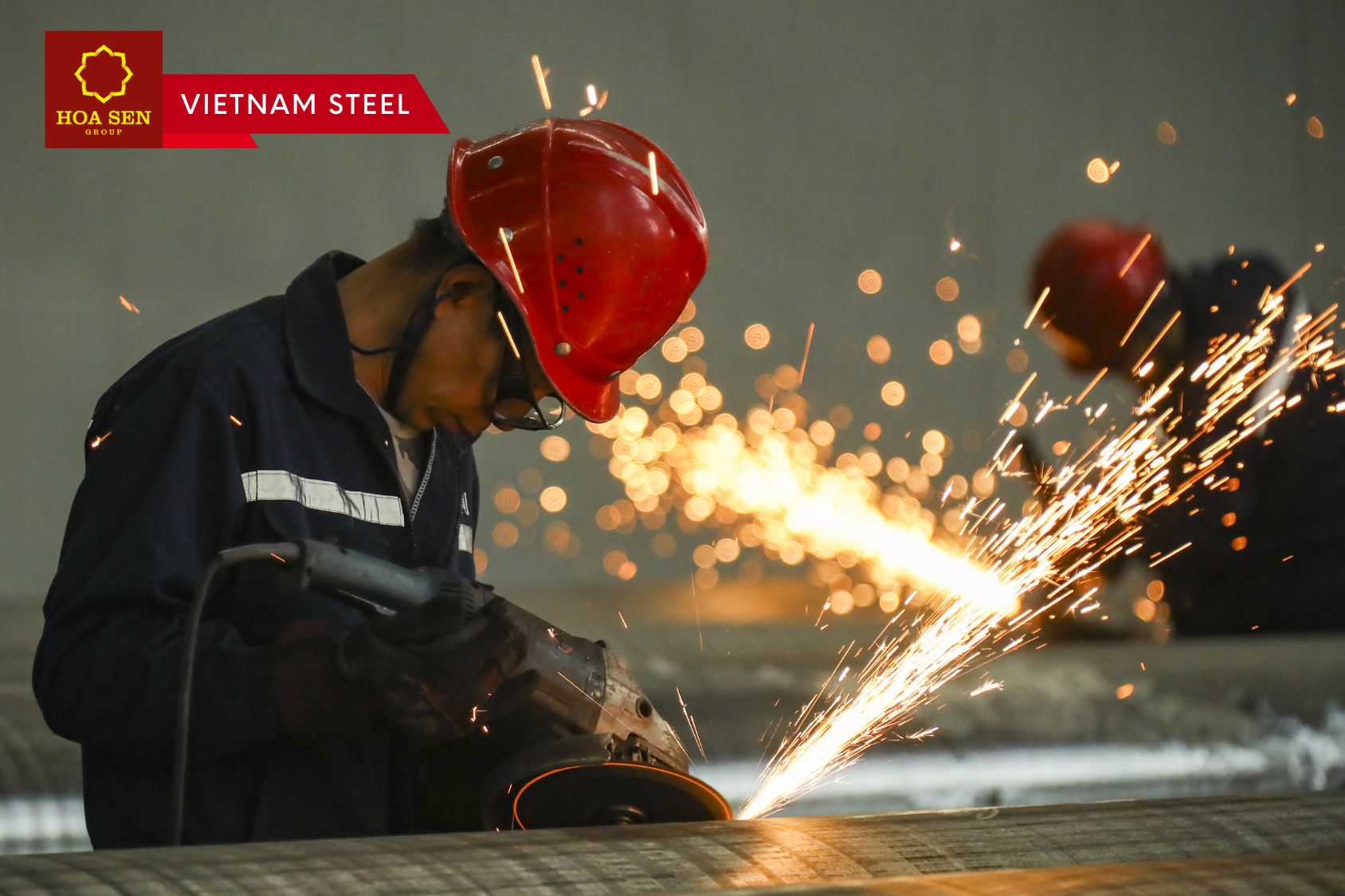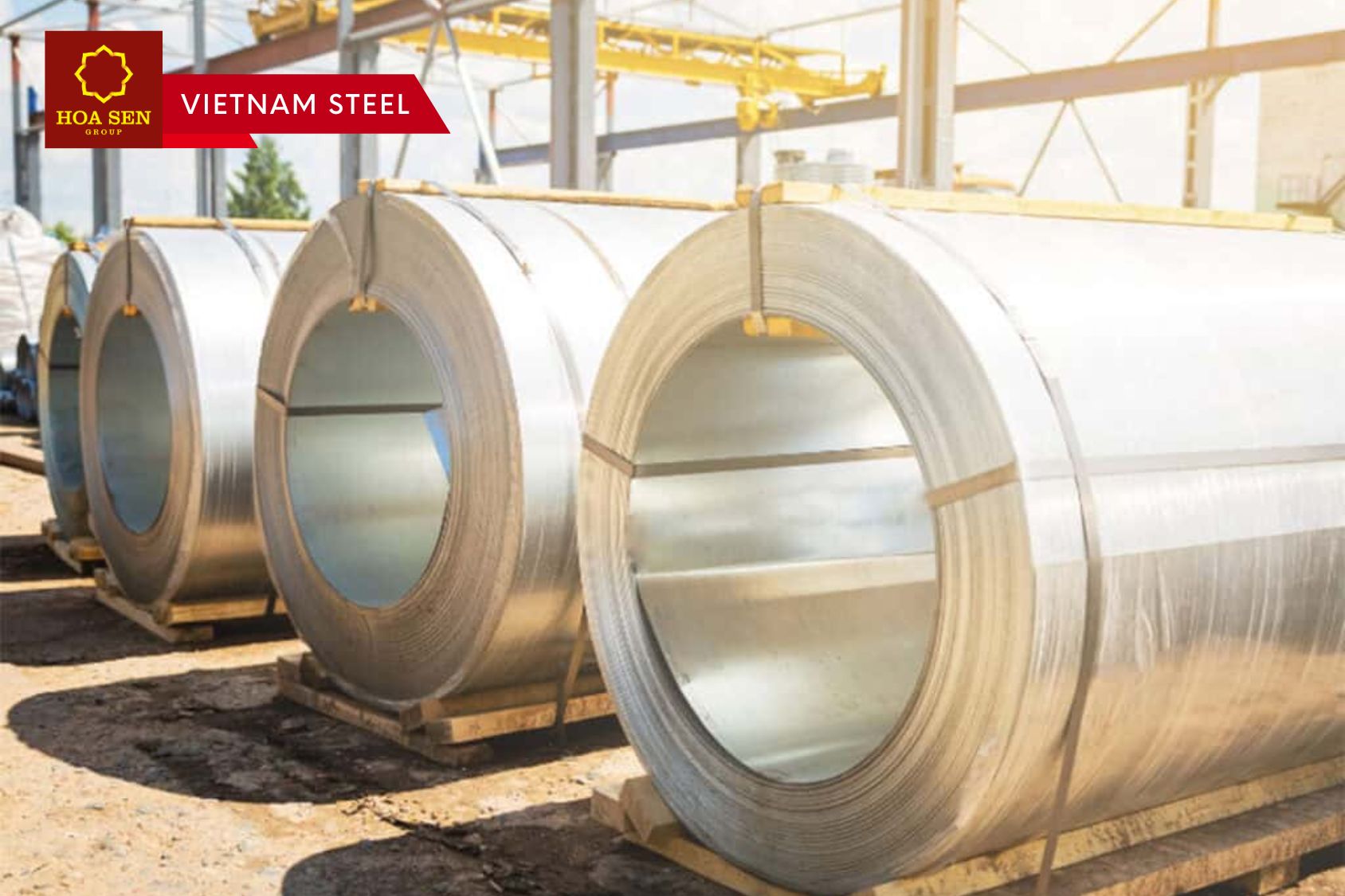The announcement of measures to stimulate the country's economy led to an increase in prices for key steel products
China’s steel demand from the real estate industry could rise if Beijing continues measures to support it. It could also improve outside that sector, according to a column by columnist Clyde Russell for Reuters.
Significant stimulus measures recently announced by the authorities have boosted prices of key steel products. The trend has so far persisted, even amid debate over whether Beijing’s recent moves are enough.
In particular, last week iron ore prices reacted to the announcements, which included lowering interest rates and easing conditions for home purchases. Thus, futures for this raw material on the Singapore Exchange on October 1 closed at $108.24/t, up 15.4% from the previous session.
Iron ore prices, the observer notes, have been on a downward trend since reaching $143.6/t in early January 2024. This was mainly due to falling steel output in China amid weak demand from the real estate sector.
The question now is whether the latest round of stimulus can make a significant difference to the country’s steel demand situation, or only halt the current decline. It is difficult to argue that this demand from the real estate sector will pick up sharply before the end of this year. However, a recovery is possible in 2025, especially if Beijing continues to implement measures to support the sector.
Demand for steel products may also grow outside real estate, particularly in the manufacturing industry – thanks to policies to encourage sales of new vehicles and more energy-efficient appliances. Beijing is also encouraging local governments to speed up infrastructure projects.
The incentives announced by China in late September were the most significant this year. However, there are still doubts whether they will lead to a significant improvement in physical demand for goods. Even if the country’s domestic steel demand improves from 2025, there is only the possibility of a shift towards local consumption and a reduction in exports.
However, price rallies driven by improving market sentiment, such as the current rise in iron ore prices, could continue for an extended period, notes Clyde Russell. This will happen if investors remain confident about the long-term outlook. But, for example, while the ore market’s reaction to the stimulus has become violent, the more subdued reaction from copper indicates that some investors are cautious about China’s future economic development.
As reported earlier, China’s steelmakers cut steel production by 3.3% year-on-year – to 691 million tons in January-August 2024, compared with the same period in 2023. In August, steelmaking in the country fell by 6.1% compared to July – to 77.92 million tons, which was caused by lower demand and reduced margins of steelmakers. At the same time, compared to the same period last year, this indicator decreased by 10.4%.
Read more: Canada announces the date of implementation of duties on Chinese steel and aluminum
Vietnam Steel by Hoa Sen Group

